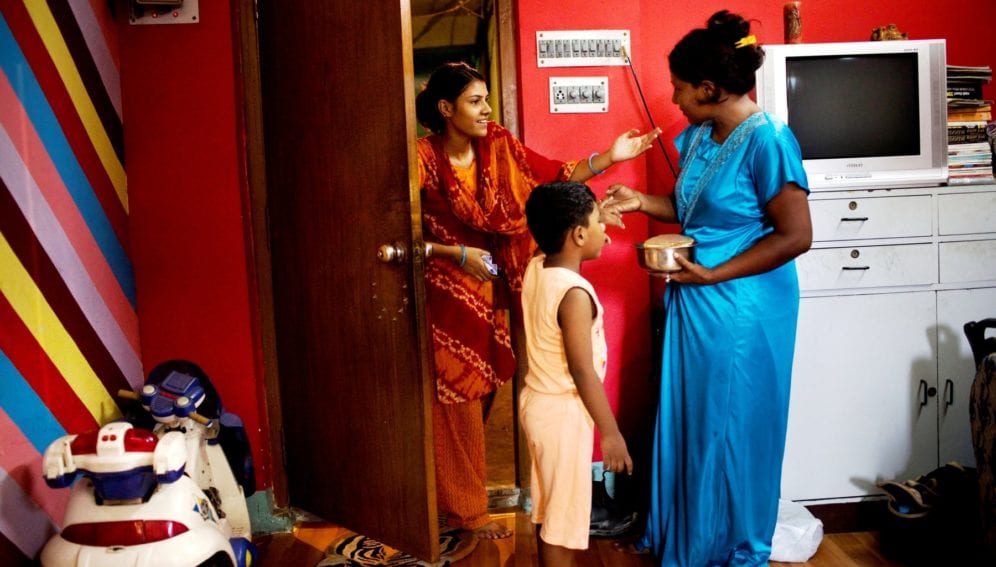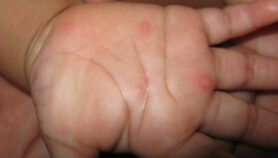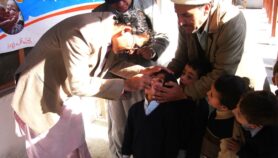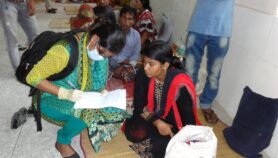By: Ranjit Devraj
Send to a friend
The details you provide on this page will not be used to send unsolicited email, and will not be sold to a 3rd party. See privacy policy.
[NEW DELHI] A pilot study of nutrition status among children in a hospital community in the Indian capital suggests that the national poverty threshold, as defined by a government-appointed committee, may need to be revised.
The study, results of which were published this month (November) in PLOS ONE, was carried out among the families of housekeeping staff, nurses and doctors attached to the St. Stephen’s Hospital, with the three groups taken to represent distinct socio-economic levels.
Undernutrition was found common (80 per cent) among the children of housekeeping staff while the children of doctors were normally nourished. In contrast to these two groups, about two-thirds of children of nurses were found to be overweight.
“The main message from the study is the high prevalence of undernutrition in the lower income group,” Jacob Puliyel, an author of the paper and head of paediatrics at St. Stephens Hospital, tells SciDev.Net.
“They [housekeeping staff] are earning much more than poverty-line salaries,” said Puliyel. A report submitted to the government in July last year recommended a per capita monthly income of US$ 21 as the poverty threshold for Indian cities.
“Wages have to rise much higher than the present poverty line if we are to tackle the problem of childhood undernutrition and stunting,” Puliyel says. “In the hospital community this is the largest group — this is a problem that needs to be addressed.”
The study notes that a ‘nutritional transition’ often means a shift to high-energy diets and low physical activity, which may explain the higher incidence of obesity among the children of nurses. The food consumption levels of the three groups were ascertained from food logs maintained by the participants.A total of 128 individuals, 47 of them children around five years of age, participated in the study. Of the children, 38 per cent were malnourished, 21 per cent underweight and 17 per cent obese with the rest found normal, as determined by the body-mass-index criteria.
According to Puliyel, the problem of obesity in those moving from deprivation levels to the middle-income group [as represented by nurses] is less of an issue in the community as their numbers are relatively small. “But, it is an issue we will eventually have to confront once we tackle the poverty and deprivation problem,” he says.
The study found a correlation between mothers’ education levels and better nutrition status with well-educated women appearing to have the best chance of rearing normal weight children.
“It's no surprise that the undernourished children belong to the lower socio-economic strata or that education levels have an impact,” says Sumbul Warsi, paediatrician and medical director of the Holy Family Hospital, New Delhi. “But, one would have expected that upward mobility with better education (among the families of nurses) would have prevented obesity.”
While the study had the obvious drawback of small sample sizes, the hospital setting ensured close compliance with the maintenance of household food consumption logs that was vital for the accuracy of the study, the researchers said.














